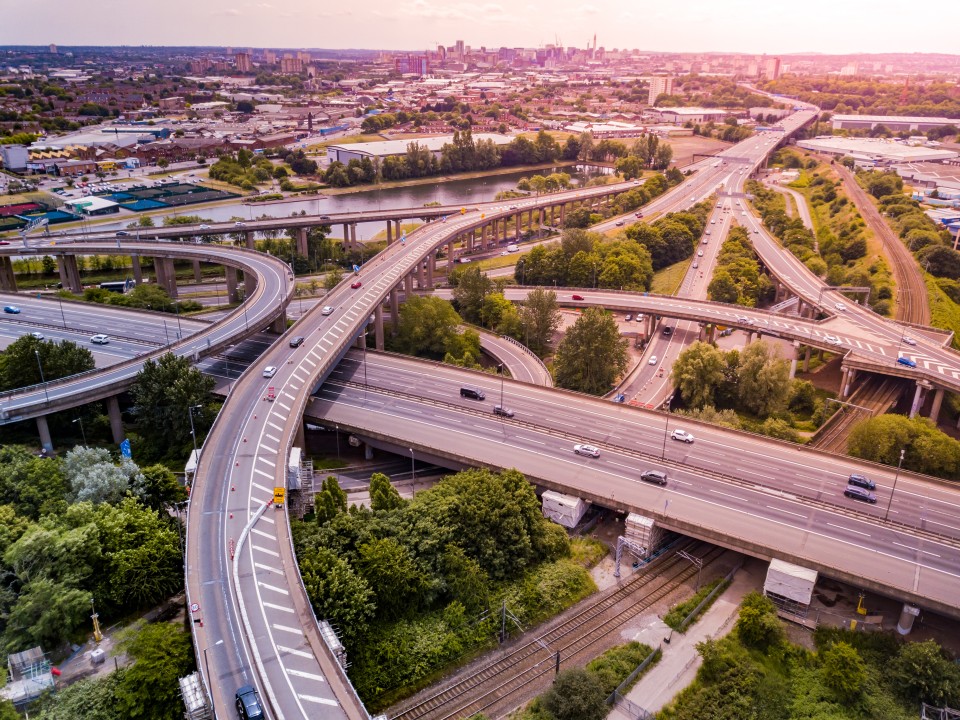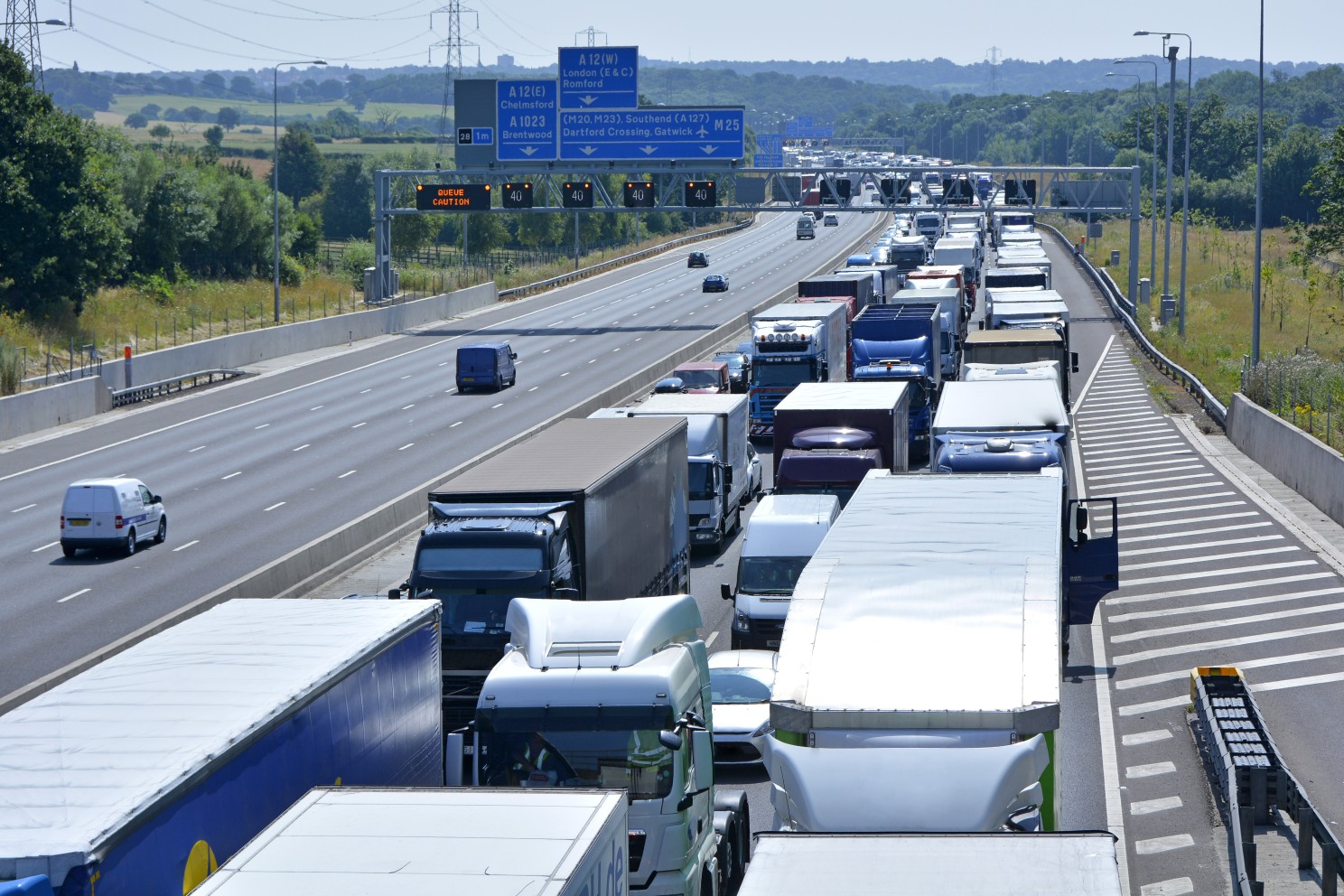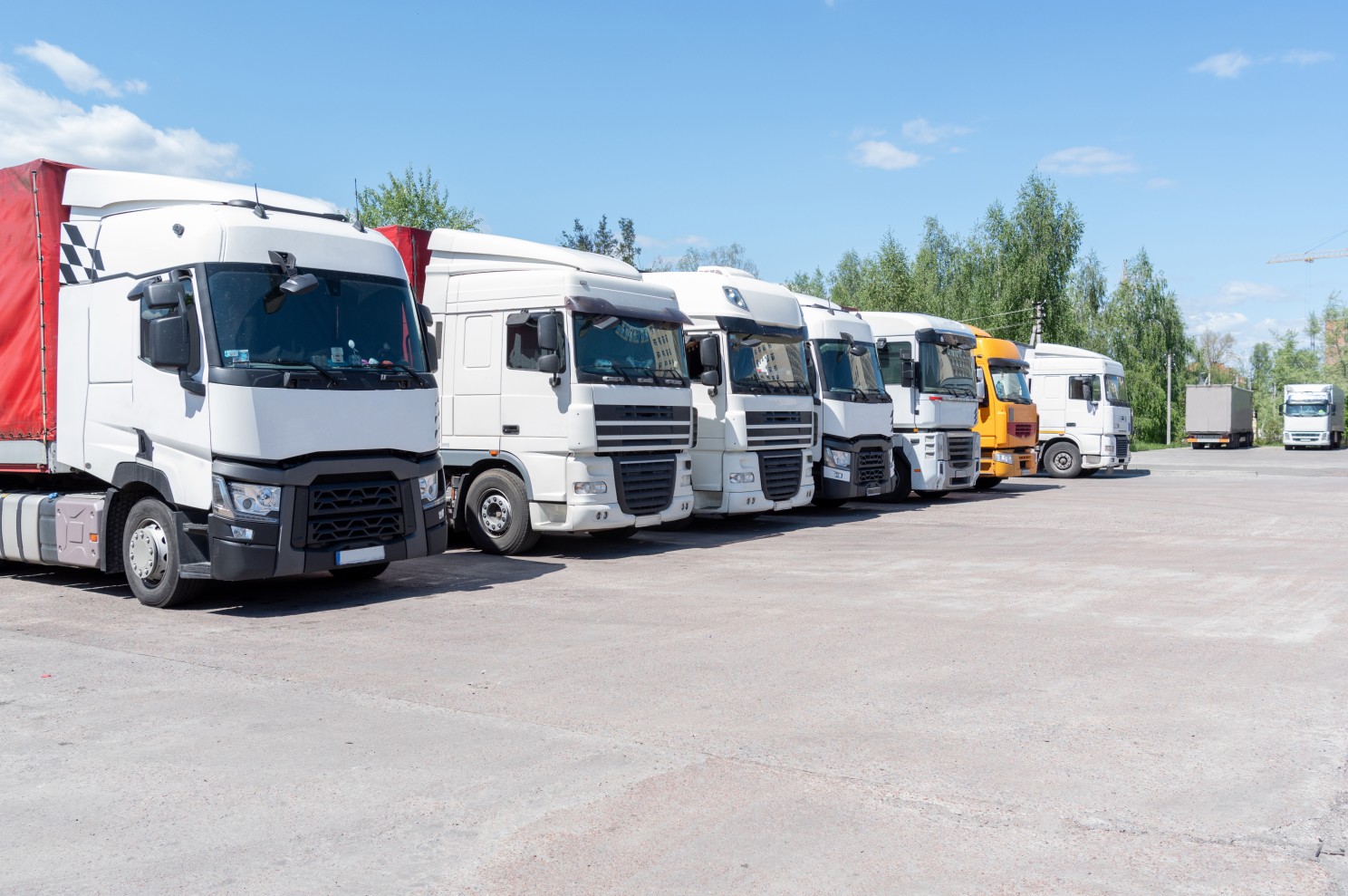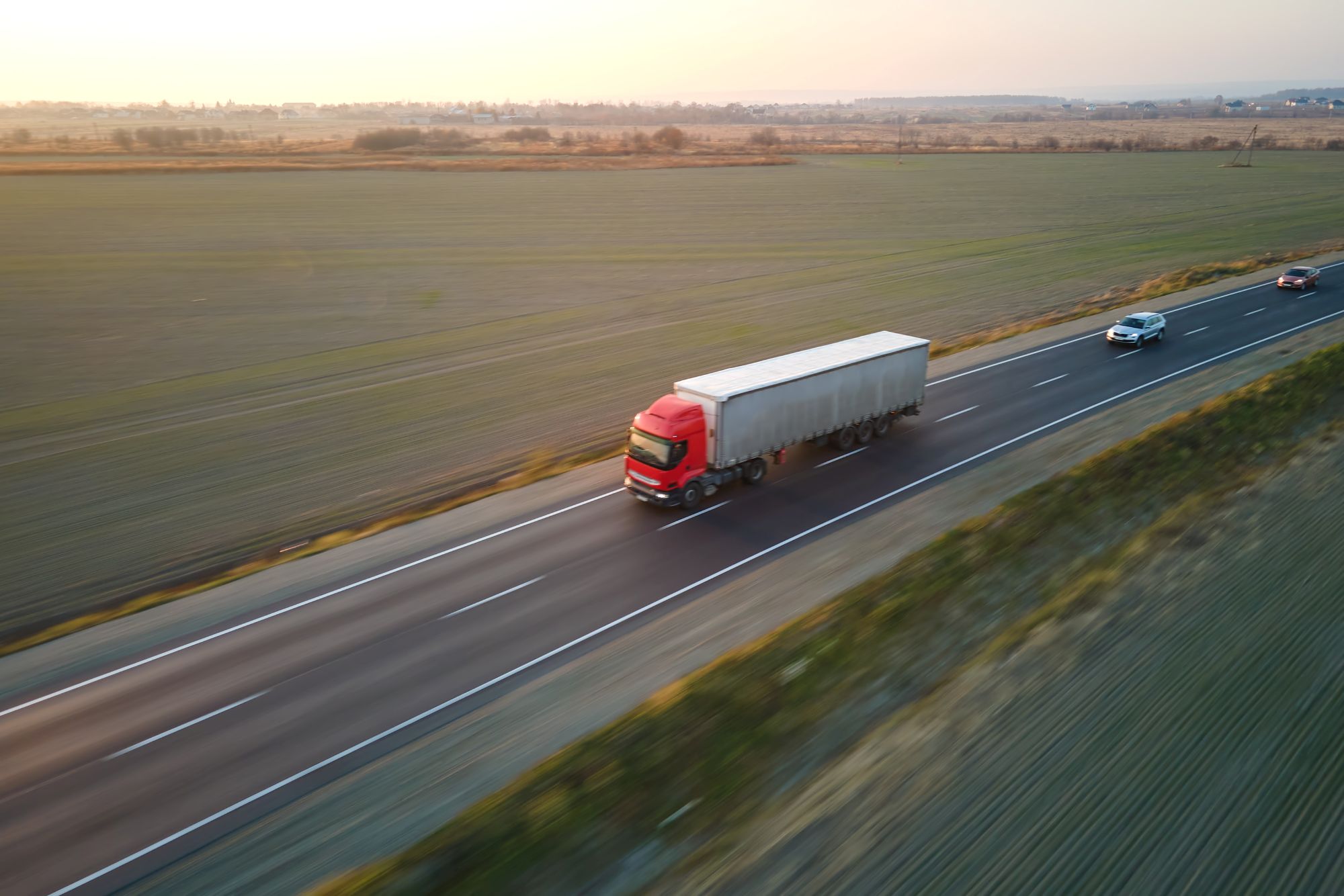
Susie Jones
Rete Nord: Quali sono i vantaggi per gli autotrasportatori?
Creato: 12/08/2024
•
Aggiornato: 12/08/2024
All'inizio di ottobre, il governo ha annunciato il suo piano per eliminare l'HS2 e reindirizzare i fondi per migliorare le infrastrutture di trasporto del Paese - un progetto noto come Network North. Il progetto fornirà 36 miliardi di sterline per migliorare le strade principali che sono diventate un pomo della discordia per gli automobilisti. L'annuncio ha sorpreso molti, ma cosa significa per i camionisti che attraversano queste strade senza sosta?
Schemi di miglioramento stradale esistenti
Il Governo aumenterà i finanziamenti per la maggior parte degli schemi esistenti di Grandi Strade e Grandi Strade Locali. Questi progetti passeranno da un contributo dell'85% a un contributo del 100% per garantirne la realizzazione. Un elenco degli schemi di miglioramento stradale è disponibile su gov.co.uk. I finanziamenti extra per questi schemi miglioreranno l'efficienza delle strade in tutto il Paese.
Schemi della rete stradale strategica
Lo schema della rete stradale strategica mira a ridurre la congestione e a garantire viaggi più fluidi per coloro che utilizzano frequentemente le strade. Un progresso gradito per gli autisti di camion, dove la sosta nel traffico è diventata la norma.

Il Nord
M6 Junction 15 - Essendo uno dei tratti di strada più trafficati del Regno Unito e utilizzato da oltre 127.000 veicoli al giorno, da tempo soffre di una forte congestione e di tempi di percorrenza imprevedibili. Le curve strette della strada di scorrimento si sono rivelate difficili per i conducenti di camion, causando ribaltamenti e maggiori ritardi nel traffico. Le modifiche promesse dovrebbero ridurre la congestione e migliorare la sicurezza dell'incrocio.
Due progetti per il quadrante nord-occidentale di Manchester - La M60 è percorsa ogni giorno da 180.00 pendolari e automobilisti di lungo corso. I progetti del Quadrante nord-occidentale mirano a bypassare gli svincoli J12-J18 e a rimodellare gli svincoli 12, 13 e 14. Altre aggiunte, come una bretella verso la A57 e miglioramenti della capacità degli svincoli nove, dieci, diciassette e diciotto, miglioreranno la congestione e i tempi di percorrenza.
A1 tra Morpeth ed Ellingham - Il tratto di 12,8 miglia è stato afflitto da ritardi nello sviluppo sin dalla sua proposta. Tuttavia, il progetto Network North mira ad avviare lo sviluppo ampliando il tratto di strada, migliorando i tempi di percorrenza, la sicurezza e la resilienza.
Midlands
Punti critici della A5 tra Hinckley e Tamworth - Sebbene non siano ancora stati resi noti ulteriori dettagli, è stato suggerito che la riduzione della congestione del traffico sarà un elemento importante dei loro piani.
Miglioramento del corridoio A50/A500 tra Stoke e Derby - Con una velocità media nelle ore di punta inferiore a 20 miglia orarie, questo percorso si è dimostrato lento e inaffidabile per i camionisti e i pendolari. Il progetto di Network North dovrebbe:
Generare 17.760 nuovi posti di lavoro entro il 2061
Vedere un aumento della popolazione nell'area di 21.538 entro il 2061.
Vedere un aumento del VAL (valore aggiunto lordo) di 12,04 miliardi di sterline nei prossimi 60 anni.
Sud Est
- A2 Brenley Corner - Conosciuto come l'incrocio più congestionato del Kent, Network North promette di investire in quest'area: una notizia fantastica per i camionisti che si recano a Dover. Ulteriori dettagli sui piani di sviluppo non sono ancora stati resi noti. Tuttavia, i piani per migliorare Brenley Corner sono stati discussi fin dal 2021.
Scozia
- Miglioramento dell'A75 tra Gretna e Stranraer - L'A57 ha un estremo bisogno di essere riqualificata, poiché attualmente i camionisti sono costretti a rispettare un limite di velocità di 40 miglia orarie, causando code e lunghi ritardi. Essendo un collegamento cruciale per i traghetti tra l'Irlanda del Nord e la Gran Bretagna, gli autotrasportatori che utilizzano questo collegamento trarranno grandi benefici dal progetto.

Un'infrastruttura stradale migliorata alleggerirà la congestione, facendo risparmiare agli autotrasportatori tempo prezioso e carburante, contribuendo a velocizzare i tempi di consegna. Il progetto Network North mira a migliorare la vita dei camionisti e degli altri utenti della strada aumentando la sicurezza e migliorando l'efficienza.
Quante persone superano l'esame HGV al primo tentativo?
Secondo un rapporto di Statista, dal 2007 al 2021, il tasso medio di superamento di un esame pratico di guida per mezzi pesanti è stato di circa il 50%. I dati di gov.co.uk mostrano che nel 2022-2023, il 75,9% degli uomini nel Regno Unito ha superato l'esame LGV rispetto al 75,9% delle donne.
La guida dei camion è stressante?
Come in ogni professione, alcuni aspetti sono stressanti. Le lunghe ore di lavoro lontano dai propri cari possono causare solitudine e isolamento in molti autisti. Inoltre, a volte la guida dei camion è un lavoro ad alta pressione, con tempi di consegna stretti e condizioni meteorologiche imprevedibili.



